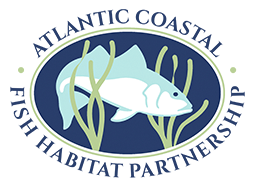June 10, 2020
ACFHP is excited to announce that the following four projects will be receiving National Fish Habitat Action Plan funding for the 2020 fiscal year, based on our recommendations to the US Fish and Wildlife Service.
Town Brook Stream Restoration: Jenney Grist Mill Nature-Like Fishway Bypass, Plymouth, Massachusetts
The Town of Plymouth will be using these funds for the design and permitting of the Jenney Grist Mill nature-like fishway bypass on Town Brook. By installing a 400-foot nature-like fishway bypass, unobstructed passage to 1.67 miles of riverine habitat and 269 acres of pond spawning habitat will be ensured. Currently, passage of alewife, blueback herring, and American eel is restricted by a narrow steeppass fish ladder and culvert. During the height of the annual run, there is a backup of migrating river herring below the dam and fish ladder of upwards of 12,500 fish, which lasts for weeks. Overcrowding at the base of the ladder undoubtedly influences the migration of these fish and is hypothesized to cause a portion of the migrating population to abandon their run. This work will improve the flow velocity and make it easier for fish to pass the dam.
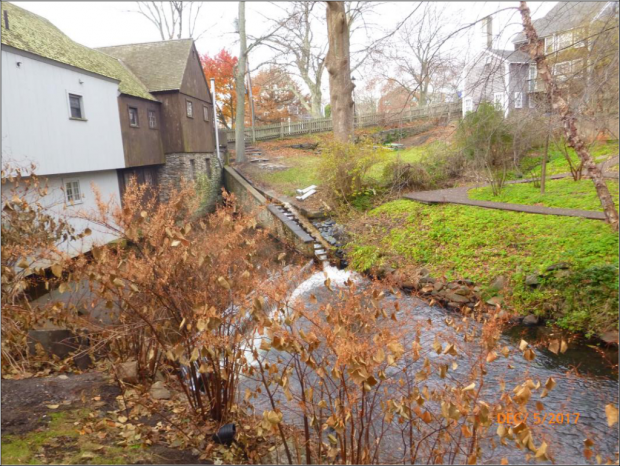
County Line Dam Removal, Warren and Sussex Counties, New Jersey
The Nature Conservancy and partners are working with a private landowner to remove the County Line Dam in order to restore and reconnect habitat for migratory species including American shad, American eel, and native sea lamprey. The dam is located approximately 15 miles from the Delaware River, and is the second obstruction to fish migration on the Paulins Kill. The first obstruction, Paulina Dam, is five miles below the County Line Dam, and removal design and permitting is currently underway. Together with the Columbia Dam removal, which ACFHP helped to fund in FY2018, these removals will open a total of 45 miles of mainstem river and tributaries. The County Line Dam removal on its own will open 3.5 miles of river.
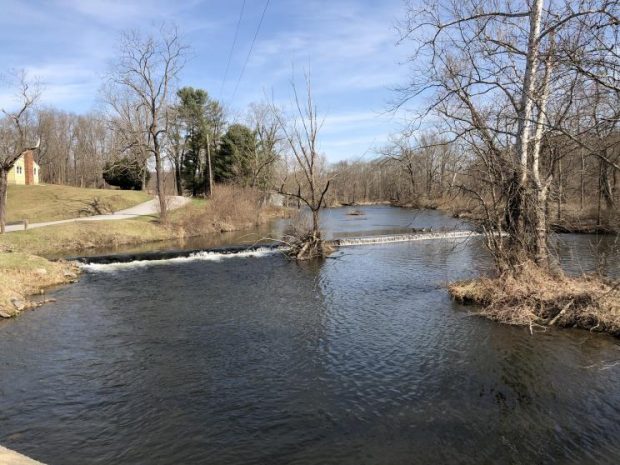
Magothy River Shoreline Restoration, Annapolis, Maryland
The Cape St Claire Community Improvement Association is working with partners to stabilize 500 linear feet of shoreline through sand addition and establishment of a native tidal wetland and dune community. They will also be planting a combination of oyster-seeded Reef Balls© and woody tree boles with root fans to create subtidal and intertidal fish habitat. This area is subjected to chronic erosion, estimated to be 3.5 feet/year lost, due to a large northeast fetch. Without intervention, the marsh-protecting dune will erode and no longer serve as a tidal barrier to Lake Claire. This project will improve shoreline stability, increase fish habitat complexity and quality, and provide a more robust benthic community that supports a healthy ecosystem. Species such as Atlantic croaker, blue crab, and striped bass will benefit.
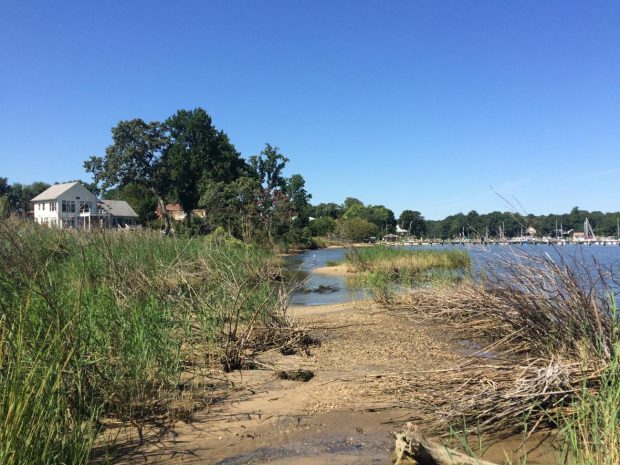
Environmentally Friendly Oyster Reef Restoration in Mosquito Lagoon, Edgewater and New Smyrna Beach, Florida
Oyster reefs provide essential ecosystem functions and services, and are one of the primary forms of Essential Fish Habitat in Mosquito Lagoon. Researchers at the University of Central Florida, working with partners, will use environmentally friendly BESE material to restore essential nursery and foraging habitat for sportfish (e.g. red drum), commercially important shellfish (e.g. blue crab), and trust species, including threatened/endangered wading birds (e.g. American oystercatcher). The goal of this habitat restoration project is to leverage their highly successful, community-based and federal, state, and NGO partner-driven restoration network to restore 4-6 oyster reefs degraded by vessel operation and resulting boat wakes in the lagoon. This will restore 0.25 acres of oyster reef and approximately 420 linear feet of shoreline.
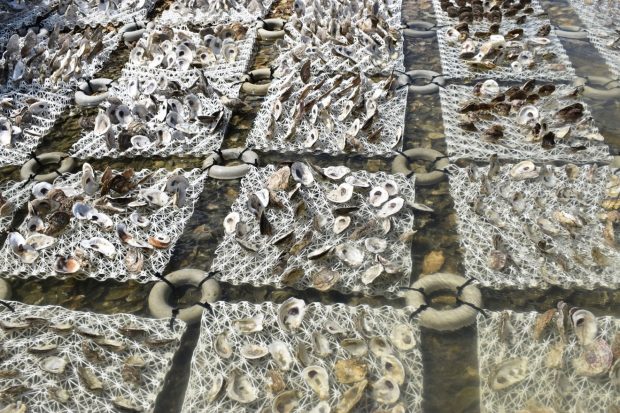
To learn more about all of ACFHP’s funded and endorsed projects, visit: https://www.atlanticfishhabitat.org/on-the-ground-projects/.
